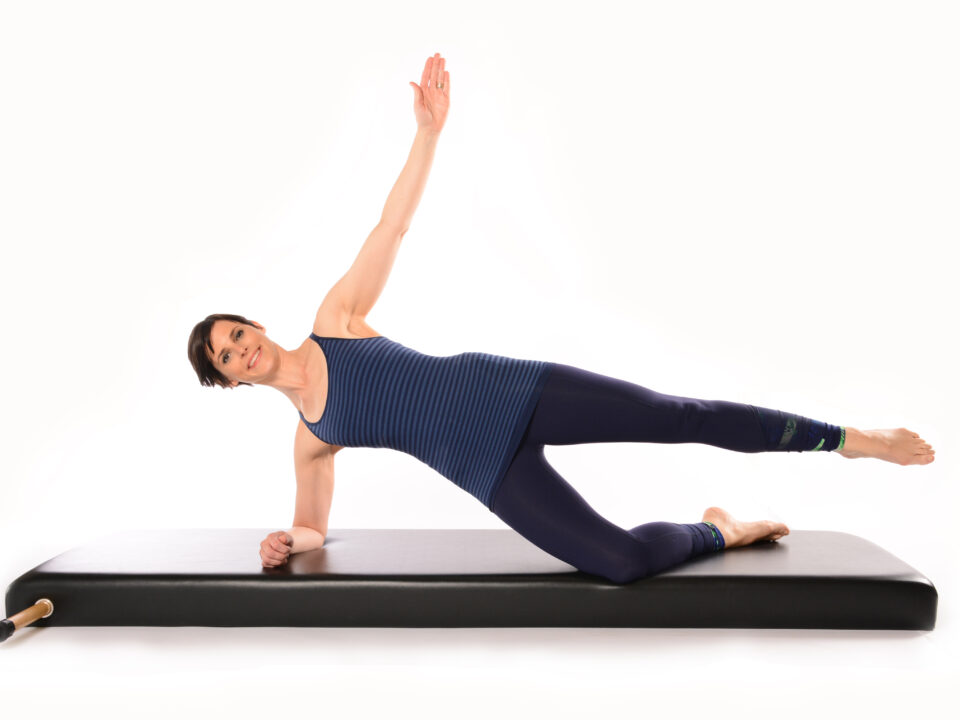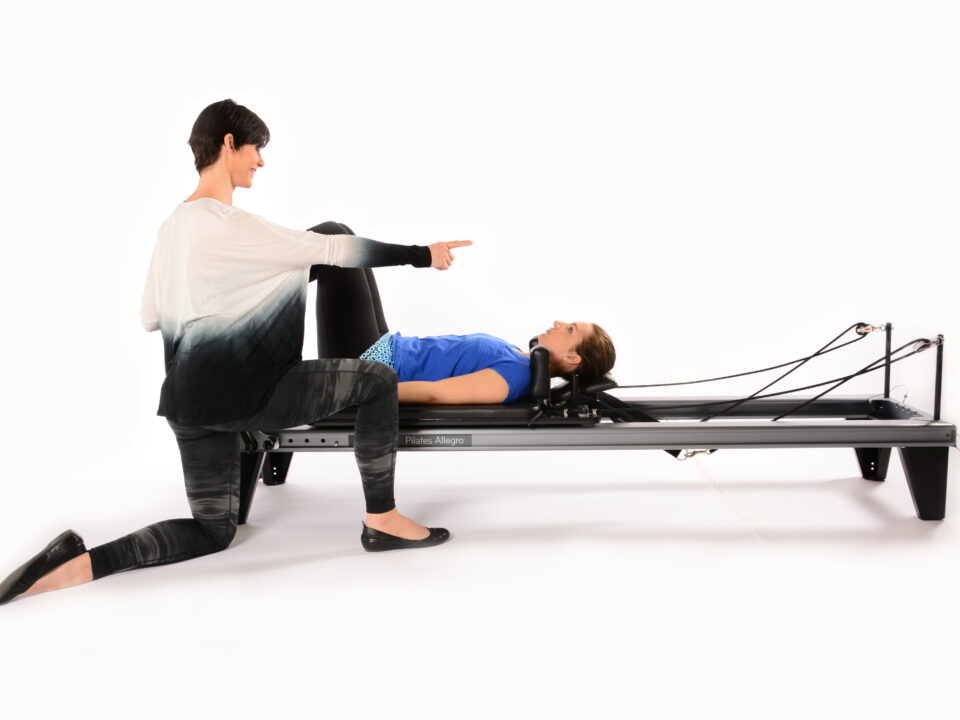- Mon - Fri
7.30 AM – 5.30 PM
Other hours upon request - 770-487-1931
Orthopedic Problems Solved by Physical Therapy

The most common reasons patients need or request physical therapy are orthopedic reasons, even if the patient is not aware that the problem is orthopedic.
Simply put, an orthopedic problem is anything wrong with any joint in the body, according to Dr. Karyn Staples, PT, PhD, NCPT of ProHealth Physical Therapy and Pilates Studio in Peachtree City.
“Any of the joints in the body and any muscular sort of strains or stresses,” she said. “In those cases most people would consider physical therapy. That’s going to be the first thing in their mind.”
Physical therapy typically involves exercises that are effective for stretching or improving joint mobility. Those activities can be done in a variety of ways – using one’s own body weight, against resistance, under the patient’s own power or with assistance.
Manual therapy is an important aspect as it is intended to improve joint range of motion and joint mobility, leading to a decrease in muscle spasms and tension in the affected muscles around the joint.
A key component in the overall process is called neuromuscular re-education. This helps the patient be more aware of body alignment, posture and body mechanics as they relate to the area of concern.
“We want to make sure that you, the patient, understand how you’re moving your body and how the rest of the body is lined up with that joint, or how that muscle is functioning is important for ease and efficiency and movement,” said Staples.
Physical therapy includes real-world applications that help the patient get back to a regular everyday routine. Things like getting into and out of the bed, reaching into the washer and dryer, or going up and down a flight of stairs are tasks that need to be done without further stress or strain on the part of the body that is healing. On top of that is “gait training,” which is simply making sure a patient is walking correctly and not further burdening the affected areas.
The above applications make up the gamut of common physical therapy treatments related to orthopedic issues. It is the responsibility of the trained physical therapist to see that an overall plan is created using the appropriate amount of each discipline.
“The physical therapist takes the information on the initial evaluation and determines what areas need to be addressed,” said Staples. “It’s about finding the impairments and the areas that are keeping the patient from functioning at 100 percent. You do a little of this, a little of that, and it goes along a spectrum.”
For example, if a patient comes in and is experiencing pain, the initial treatment will focus on improving movement and decreasing pain. Once the pain levels are lower, most attention can be given to improving range of motion and increasing strength. The final stage involves seeing the patient return to general function, performing daily tasks without any hindrance.
“During the evaluation, we are really assessing the status of everything,” said Staples. “The physician has given a diagnosis, but we are looking at all the other elements that are creating continued pain or limitations.”
Once the game plan is finalized, each successive visit includes an assessment to see how much progress is being made and whether any changes in the plan are needed. Less pain and more mobility are the goal of any treatment plan.
Sometimes an expert physical therapist will find a problem that is not exactly what sent the patient to therapy. A patient might be sent by a doctor with a diagnosis of knee pain, only to learn that the root cause is an issue in the foot that has gone unnoticed for years and forced the patient to adjust in a way that puts too much stress on the knee.
“We want to find the source, not just the symptoms,” said Staples. “Following one symptom after another in a whack-a-mole sort of way doesn’t really solve anything.”
Working together, the physical therapist and the patient focus each step of treatment on identifying what is hurting and strive to move forward in a safe way to get the body moving once again as it should.
The expert guidance a patient receives during this process is not by accident. A physical therapist completes three years of advanced education beyond a bachelor’s degree to earn that certification. The undergraduate studies leading up to that point are most likely in exercise science, exercise physiology or another of the sciences.
All the physical therapists at ProHealth have a DPT (Doctor of Physical Therapy) degree with the exception of Dr. Karyn Staples who has a Bachelor of Science and Masters Degree in Physical Therapy and her PhD in Orthopedics and Sports Science.
“These are trained individuals in a licensed profession,” Staples said of the ProHealth staff. “Not just anyone can hang a shingle and claim to be a PT.”
ProHealth Physical Therapy and Pilates Studio is located at 1777 Georgian Park in Peachtree City. For more information or to book an appointment, phone 770-487-1931 or visit prohealthga.com.




